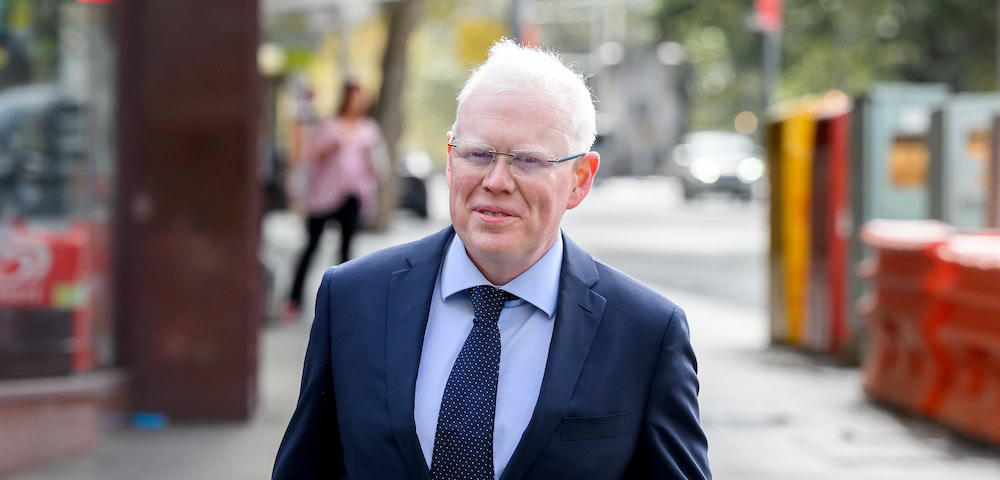
Gay marriage Kiwi style
New Zealanders dislike being told by Australians what to do, and I am sure that the feeling is the same the other way round.
So this article is not about do it this way. Instead it tells how a near-cousin solved a tricky problem; up to you whether it contains clues to the solution you might adopt.
I know that the debate on same-sex marriage policy in Australia is intense, and hope that this contributes to it.
New Zealand decriminalised gay sex 19 years ago, and outlawed discrimination on the basis of sexual orientation 11 years ago.
Once that human rights law was applied to government itself (including legislation and policies) in 2001, challenges to the Marriage Act became inevitable.
Although in reality few challenges have eventuated, the inevitability of a court-led debate on a matter which needed political debate helped to focus the minds of the Labour government.
In late 2000 I (as a second-term, gay Labour MP who had just helped my Prostitution Reform Bill through its first reading) was charged with the task of looking at what the legal options were, and which of them would work best.
Working with a group of Wellington queer activists (including Nick Toonen of Tasmanian gay law reform fame), we came up with some fundamentals:
–Legislation was needed;
–Any new status should be open to different-sex and same-sex couples;
–Such a status should offer outcomes equivalent to marriage, with improvements where justified and demanded.
Opening up marriage itself was seen as politically nightmarish, but also as unnecessary given that the community focus seemed to be on outcomes rather than the label alone.
The Labour Party adopted this approach and included a promise to introduce what were termed civil unions in its 2002 general election manifesto. This was little debated at the time.
After that election it took 18 months to draft the legislation -“ actually two bills, a straightforward one heavily borrowing from the Marriage Act to establish the institution of civil unions, and a complex one called the Relationships (Statutory References) Bill, to tidy up the wording and scope of nearly 200 diverse acts of parliament.
The desired (and achieved) outcome was that marriage and civil unions would have the same rights and responsibilities attached to them, and that de facto partnerships would be near to but not quite at that point.
The rest, as they say, is history. The bills were introduced in May 2004. The Civil Union Bill (after 6,500 written submissions, 360 oral submissions and a march on parliament by black-shirted demonstrators) became law in December 2004 and the first civil union happened on 29 April 2005.
The Relationships Bill took longer, but was also law by the time of the first civil unions.
The situation now -“ after five weeks of civil unions -“ is that public debate has calmed greatly. At the time of writing, about 70 couples (two-thirds of them same-sex) have tied the knot.
Civil unions survived the political process to be very similar to marriage, in process and outcome, except that the vow is slightly looser, the system of celebrant appointment is more inclusive and a handful of laws which are currently in the middle of separate, more comprehensive law reform (of which adoption is the most significant) have been excluded from the reform pending stand-alone legislation.
Any two people aged over 18 can civil unionise, so long as they are not too closely related and are not already hitched to someone else. New Zealand is the first country outside Europe to have debated and agreed to such law.
And my conclusion? I started off the process expecting to be building a staging post to marriage (one day). By the end I felt we had gone one stage better, creating a 21st century institution, open to all, with its own culture and tradition still to develop. What a rainbow-moulded gift to the whole community!
Information on New Zealand civil unions is available at www.civilunions.org.nz and www.dia.govt.nz. Tim Barnett will be in Sydney on 18 June to speak at a same-sex relationship law seminar.









